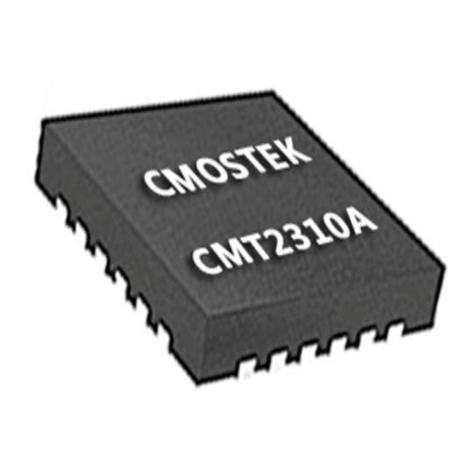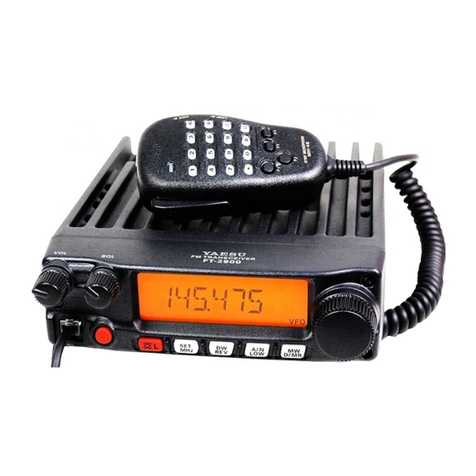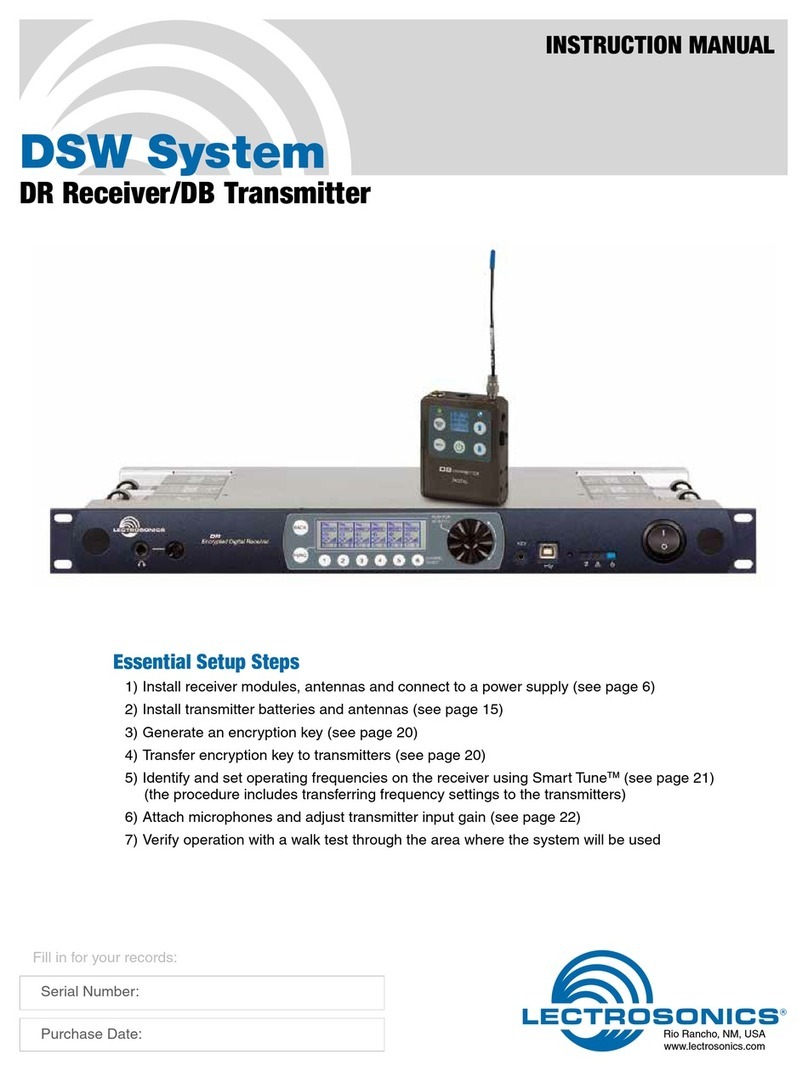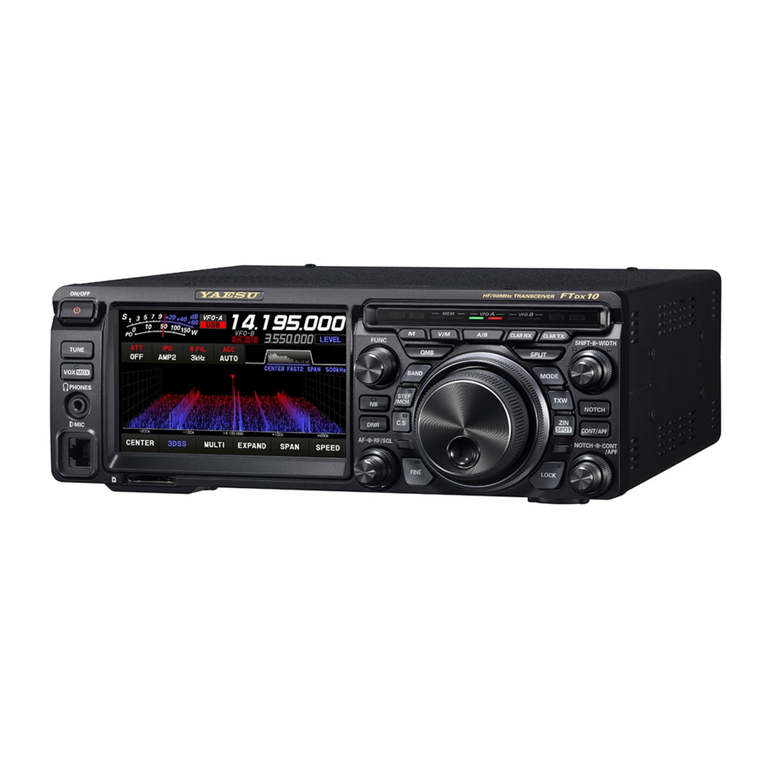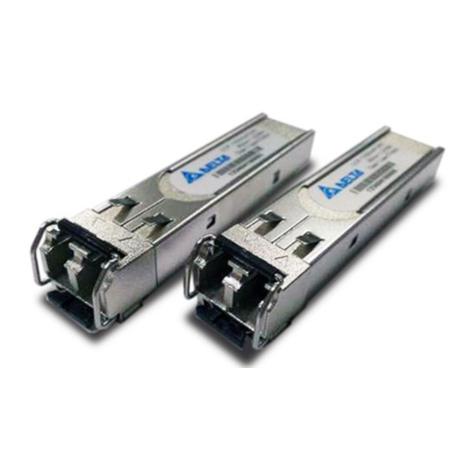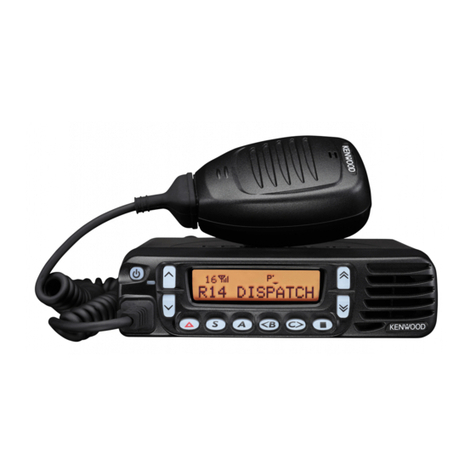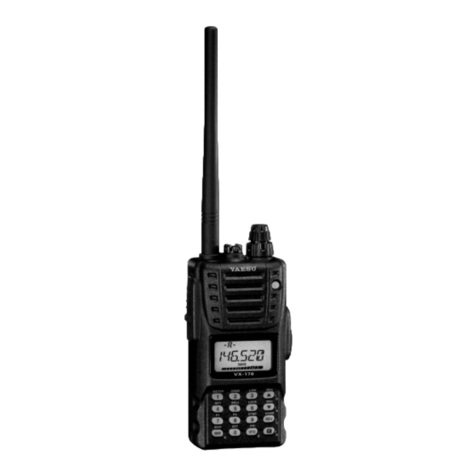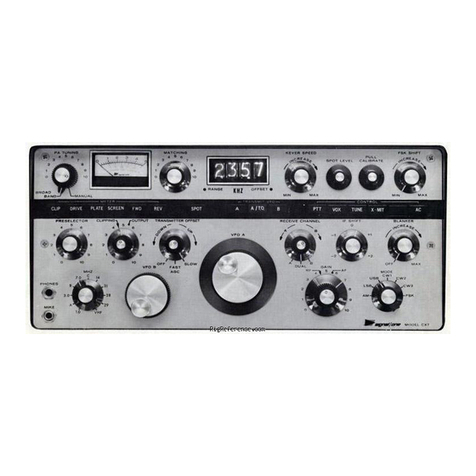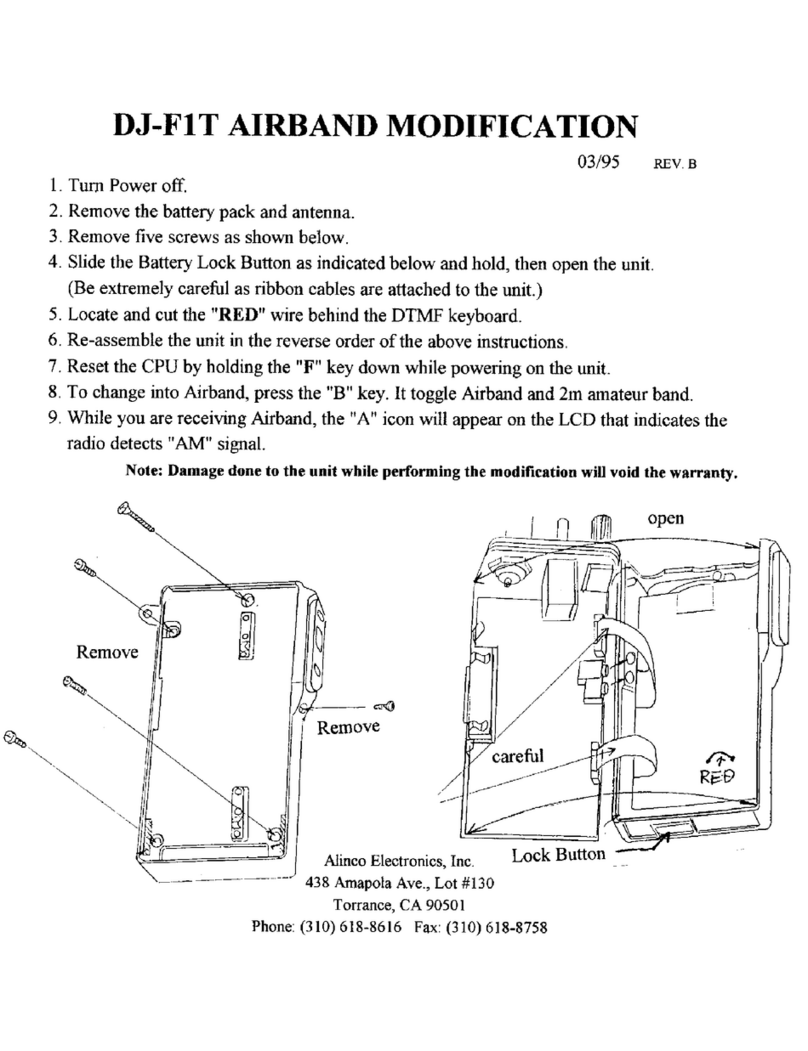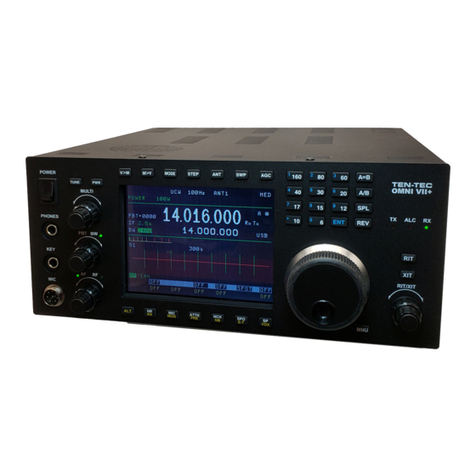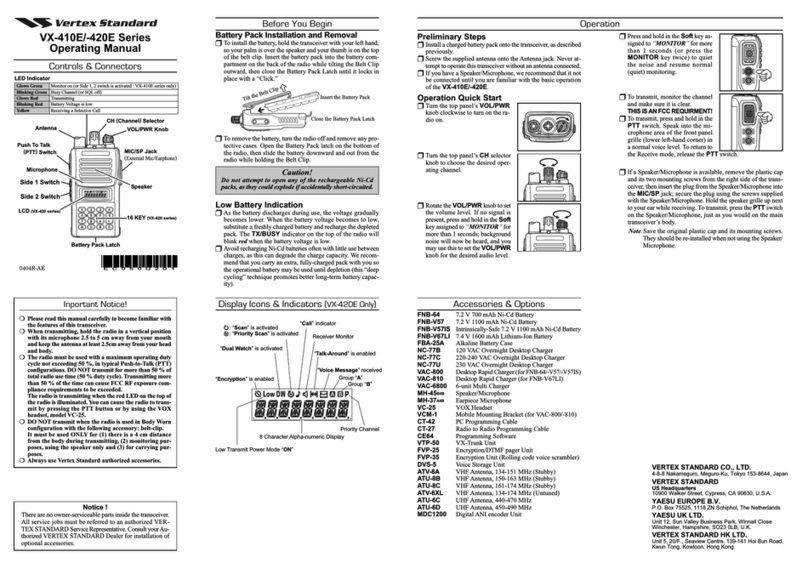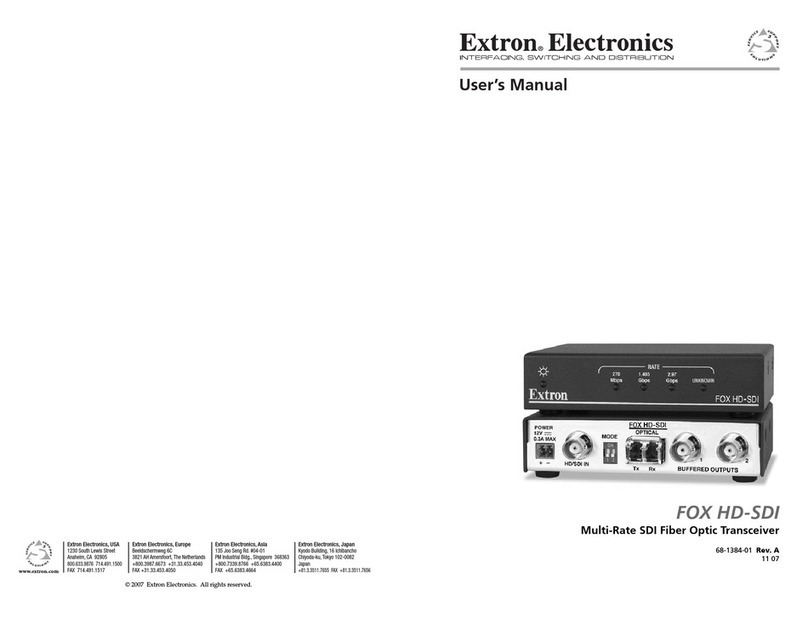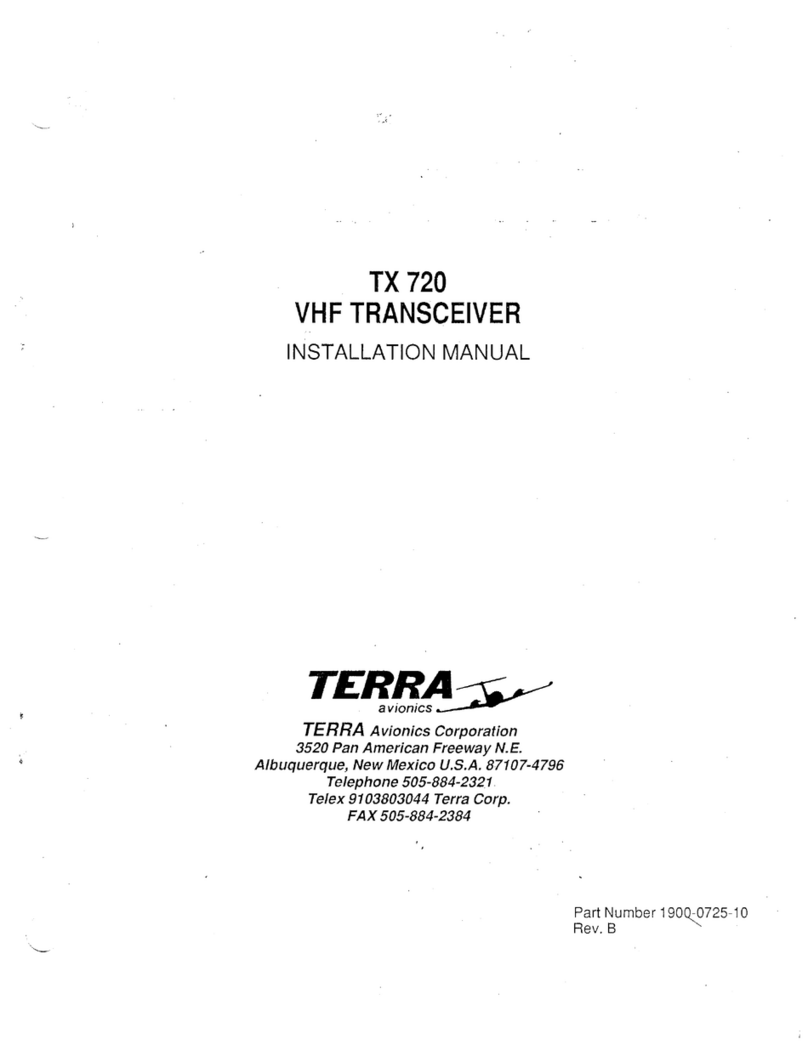
Revision A
November 25, 1996 2-3
2.3.2 ANTENNAS (CONTINUED)
Antenna Electrical Characteristics:
Use the antenna supplied with the avionics equipment, or if not supplied, the
antenna(s) recommended by the avionics manufacturer. If no specific antenna is
recommended, choose an antenna which provides good service for the frequency
range and the service conditions of the aircraft (eg. speed, altitude, etc.). If a signal
splitter is to be used, compare the specifications carefully to the application. Many
installation problems are encountered with improper application of signal splitters!
If in doubt, test the power and frequency characteristics of the splitter on the bench to
be sure.
Simple antenna problems such as shorting or open circuit problems can be
determined by use of an ohmmeter, although certain types of antennas may require
use of ramp test equipment to check radiation. But, by far, the most common antenna
problems are diagnosed to be coax or connectors, antenna bonding, or signal splitters.
Never allow an aircraft antenna to be painted.
2.3.3 WIRING AND HARNESSING
Construct the installation wiring harness carefully from the avionics manufacturer’s
wiring diagram. Be extremely careful to note recommended wire sizes, the need for
shielded wiring (if any), and decide upon any optional wiring to be included.
Measure carefully and plan the harness layout to avoid interference of the cable
harness with existing avionics, instruments or controls.
Remove the connector plates from the rear of the trays. Connect all wires to the
proper pin of each connector, checking as you go to insure that no loose strands
cause shorting to adjacent pins or to ground surfaces. We recommend tubing be
placed over each soldered pin connection to prevent wire strands from touching
adjacent connections. Be particularly careful with the shield braids of shielded
wires. Do not expose any more of the conductor than is absolutely necessary and
keep the braid connection as short as possible. Remember that on shielded wires
only one ground point is recommended. Follow manufacturer’s recommendation
about where the ground point should be located. After completing all connections,
check wiring with an ohmmeter again to ascertain that all connections are as
desired and that no undesired shorting to ground or other pins has occurred.
Visually double check to see that braids on shields are not creating shorting, that no
insulator melting has occurred during soldering and pull firmly on all connections to
insure good mechanical bond.
Install the harness and connectors/connector plates in the aircraft with very loose
dress only.
Solder all connections to power and ground and install panel components/controls
and safety devices (eg. fuses or breakers). It is desirable at this point to insert all
equipment in trays and perform preliminary check-out. Following a satisfactory
check-out, and with all equipment in the properly installed location, complete the
final dressing and routing of the harness and secure in place.




















